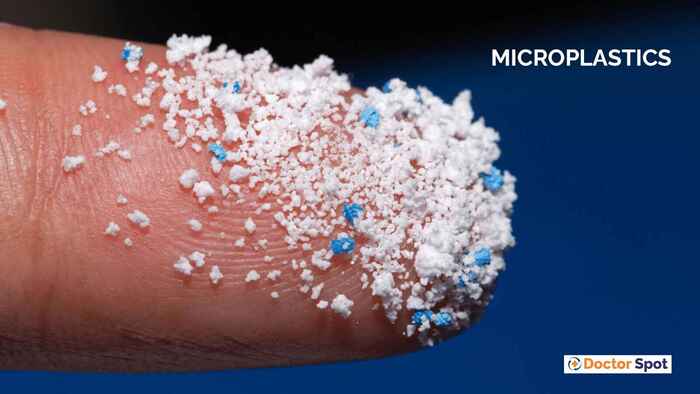Microplastics in Your Food May Surprising Journey From Gut to Brain

Table of Contents
The Presence of Microplastics in Our Food
In recent years, the issue of microplastics in our environment, and particularly in our food, has garnered significant attention. These tiny plastic particles, often smaller than five millimeters in size, have found their way into the world’s oceans, tap and bottled water, and, increasingly, into the human diet. As researchers delve deeper, a concerning picture emerges: microplastics in food may not just pass through our bodies harmlessly but could travel from the gut to the brain, liver, and other essential organs.
Understanding Microplastics: Origins and Concerns
Microplastics originate from a variety of sources, including the breakdown of larger plastic debris, synthetic fibers released during the washing of clothes, and direct input from products such as microbeads in cosmetics. The pervasiveness of plastics, and their resulting microplastics, presents a multifaceted environmental and health challenge. The primary concerns include:
- Environmental Pollution: Microplastics are ubiquitous in water bodies, soil, and air, affecting wildlife and ecosystems.
- Human Consumption: Through food and water, microplastics enter the human body, posing potential risks to health.
- Bioaccumulation and Biomagnification: The ability of microplastics to accumulate in the bodies of organisms and move up the food chain raises significant ecological and health concerns.
The Surprising Journey of Microplastics: From Gut to Organs
Recent studies have suggested that microplastics do not merely pass through the human gastrointestinal tract; some particles are small enough to cross barriers, potentially entering the bloodstream and traveling to organs such as the brain and liver. This unexpected translocation raises critical questions about the long-term effects of microplastics on human health, including:
- Inflammation and Immune Responses: Microplastics may trigger immune responses or inflammation in tissues they accumulate in.
- Toxicity: Some plastics carry harmful chemicals, which could leach out once inside the body, posing additional risks to health.
- Potential Links to Diseases: Researchers are investigating possible correlations between microplastic exposure and several diseases, including cancer, neurodegenerative diseases, and liver conditions.
Implications for Human Health: What We Know So Far
The research on microplastics and human health is in its early stages, but the potential implications are concerning. The presence of microplastics in major organs could lead to an array of health issues, prompting a need for thorough and continued research to understand the breadth of their impact fully.
Reducing Your Exposure: Practical Tips and Strategies
While eliminating microplastics from the environment is a long-term goal, there are steps individuals can take to minimize their exposure:
- Choose Natural Fibers: Opt for clothing and textiles made from natural fibers to reduce the release of synthetic fibers into waterways.
- Avoid Single-Use Plastics: Reduce plastic usage to decrease overall plastic pollution and personal exposure to microplastics.
- Be Cautious with Seafood: Consider limiting consumption of certain types of seafood known to accumulate higher levels of microplastics.
- Support and Advocate: Support laws and initiatives aimed at reducing plastic production and improving waste management.
The Role of Policy and Research in Addressing Microplastic Pollution
Effective management of microplastic pollution requires concerted efforts from policymakers, researchers, industries, and communities. Key strategies include:
- Enhancing Research: More studies are needed to understand the sources, pathways, and effects of microplastics on human health and the environment.
- Implementing Regulations: Policies that limit plastic production and promote alternatives can significantly reduce microplastic pollution.
- Promoting Awareness: Public education campaigns can raise awareness about the impact of microplastics and encourage more sustainable consumer behaviors.
Conclusion: The Path Forward in Combating Microplastics
The journey of microplastics from our gut to our brain, liver, and other organs highlights a critical and growing area of concern. By understanding the sources and impacts of microplastics, adopting practical measures to reduce exposure, and supporting policies aimed at mitigating plastic pollution, we can protect both our health and the environment from the insidious threat of microplastics.
Also Read: Digital Detox: Balancing Technology for Mental and Physical Wellness